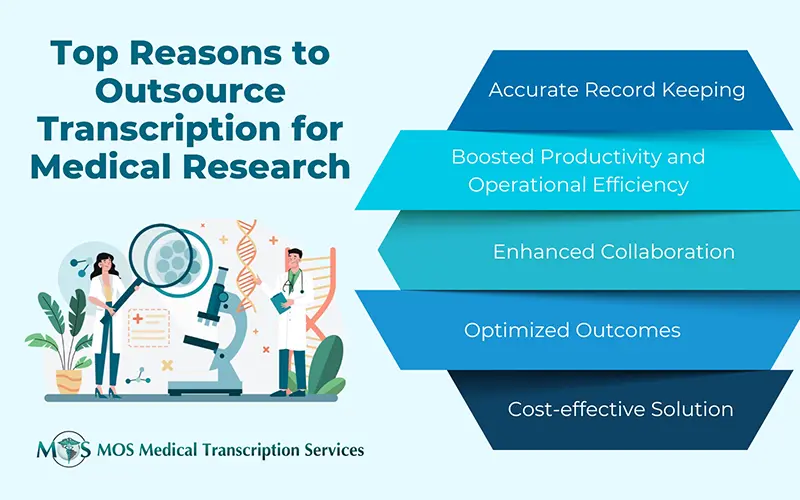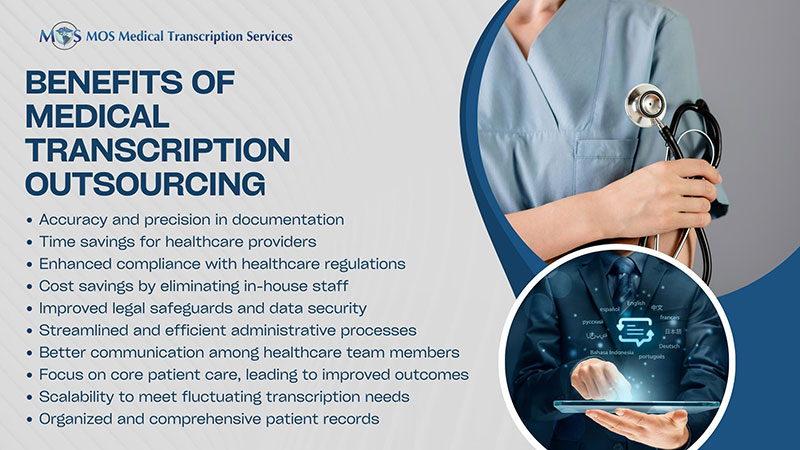
Improved standardization helps healthcare organizations reduce time, effort and money, and importantly, optimize care quality and patient safety. Variation in the delivery of healthcare is a major concern as the lack of standardization directly affects the ability to ensure safe care. Organizations need to maintain high standards for documentation and management of health care records and many rely on medical transcription outsourcing to achieve this goal.
Studies show that care variation along with differences in costs and outcomes is prevalent across hospitals, states, and regions. Physicians are often hesitant and even unable to standardize their offerings as they need to provide a personalized health care experience to attract and retain a patient base. However, with the shift to value-based care, they are recognizing the importance of collaborating with administrators to cut uneconomical care variations and improve the quality of care.
Variation in care processes can increase the incidence of errors. Standardizing the way critical tasks are performed every time can reduce errors especially in stressful environments such as the labor and delivery suite or operating room, according to the American College of Obstetricians and Gynecologists (ACOG). In fact, as the ACOG points out, eliminating variation in processes has been the foundation of improved performance and reliability in commercial aviation, military flight operations, and the nuclear energy industry.
Mayo Clinic and the Tennessee Medical Center are among the leading healthcare organizations that have adopted various strategies to standardize care across their networks. In 2015, the Advisory Board reported on how Mayo Clinic standardized the clinical operations across their 22 emergency departments in Minnesota to improve financial and quality opportunities. The project involved four critical steps:
- Creating a standardized leadership structure
- Setting up a centralized physician recruitment effort
- Developing new, more appealing rotational roles for physicians and physician leaders, and
- Implementing standardized, best practice nursing protocols
The Tennessee Medical Center, a 600-bed academic center serving 21 counties, also implemented standardization and improved coordination of care delivered to their patients across different disciplines. In an interview with Modern Healthcare in 2015, Chief Executive Officer, President and Director, University Of Tennessee Medical Center Joseph Landsman said that the Center embraced the concept of standardization as they knew it would drive quality and safety, service, and efficiency and effectiveness.
The Advisory Board looked into the key strategies that healthcare organizations are using to improve standardization of care across their systems. A recent Health Data Management article discussed these measures which are as follows:
- Efforts to reduce health care variation: Restructuring of fixed costs, such as rationalizing redundant services across facilities and reducing inpatient capacity, helps cut overhead costs associated with multiple approaches to care.
- Expanding the clinical leadership team: In order to build standards into daily workflows, leading organizations are adding nurses, informatics experts, and finance and supply chain representatives to the clinical leadership team. IT experts are needed to analyze data and to help manage efforts.
- Requiring all physician specialties to limit care variations: According to the Advisory Board research, organizations are insisting that even the highest volume, change-resistant specialists comply with consensus-based standards. This approach is made more acceptable by “allowing for 20 percent to 30 percent running room for principled exceptions”.
- Having managers to design standards for routine care: Rather than getting busy physicians fully involved in designing standards for routine care, organizations are hiring professionally trained managers to handle this task. Physicians can participate as needed based on complexity of the care variation being addressed.
- Improving clinical documentation: Clinical documentation quality and integrity entails a complete and accurate health record. Proper documentation can identify care variations, help hospitals enhance care quality, and reduce costs. This will also improve reimbursement in the value-based scenario. On the other hand, misleading documentation can impair efforts to reduce variations in care.
- Preview the impact of proposed care standards: Leading organizations are studying workflow mapping and assessment when they design new care standards. This helps clinicians avoid complications when they implement the standards in daily practice.
- Consider the organization’s capacity to absorb change: Organizations should ensure that clinical consensus groups restrict new clinical specifications and order sets to those that can be logically implemented. As the Advisory Board notes, “too many changes can cause havoc with the staff who have to put them into practice”.
- Restrict real-time monitoring for deviations: According to the report, such mechanisms could complicate care or overwhelm practitioners and will not improve care or generate cost savings. Instead of monitoring all care standards in real-time for deviations, leading organizations suggest monitoring and measuring compliance to frequencies that are based on feasibility and need.
- Identify uninvolved physicians to lead care variation reduction efforts: In most organizations, there are not enough physician leaders to carry out care variation reduction efforts. The practical strategy would be to identify other interested physicians and involve them in the project.
When it comes to healthcare documentation, standardization is crucial to ensure availability of data for quality patient care and quality initiatives. Standardized documentation ensures regulatory compliance and meets coding and billing requirements. Thorough, accurate, and standardized documentation can protect the physician in a medical malpractice claim. Partnering with experienced medical transcription service companies is helping physicians improve documentation standards by integrating dictation into their EHR with benefits such as faster turnaround time, higher productivity, improved care delivery, and greater standardization.


